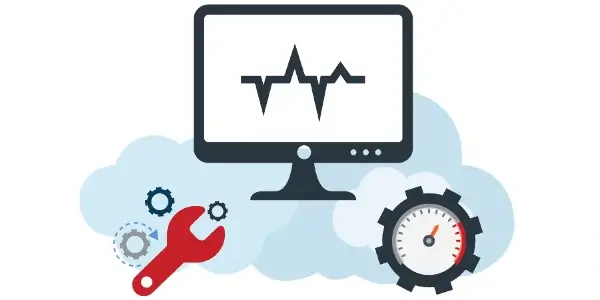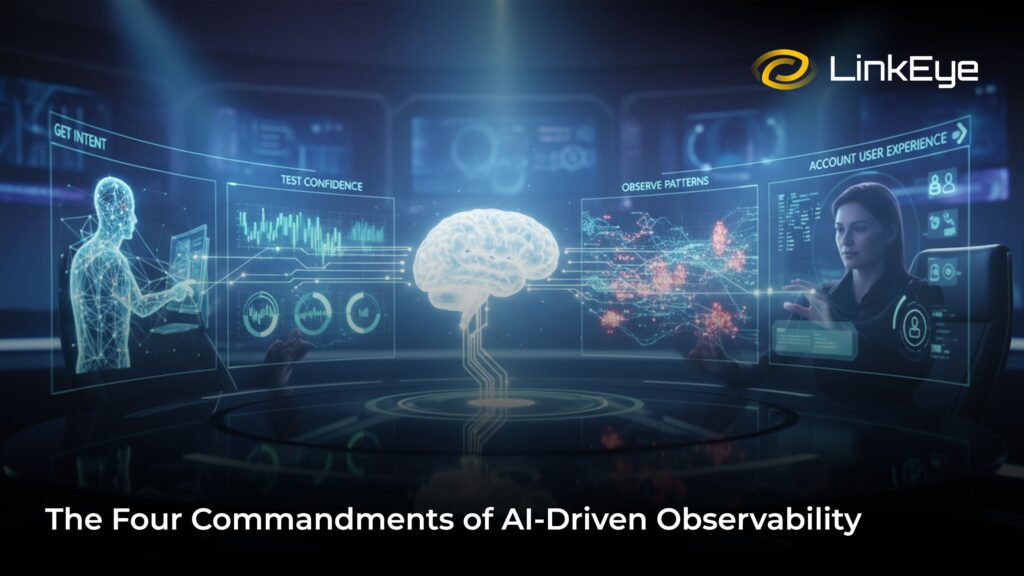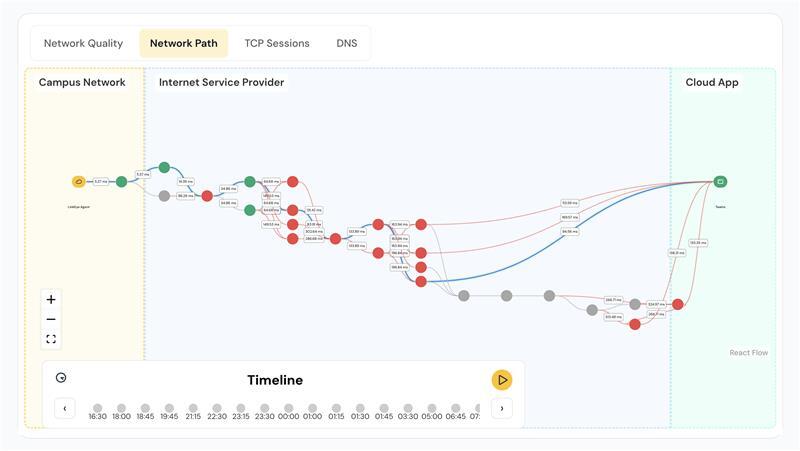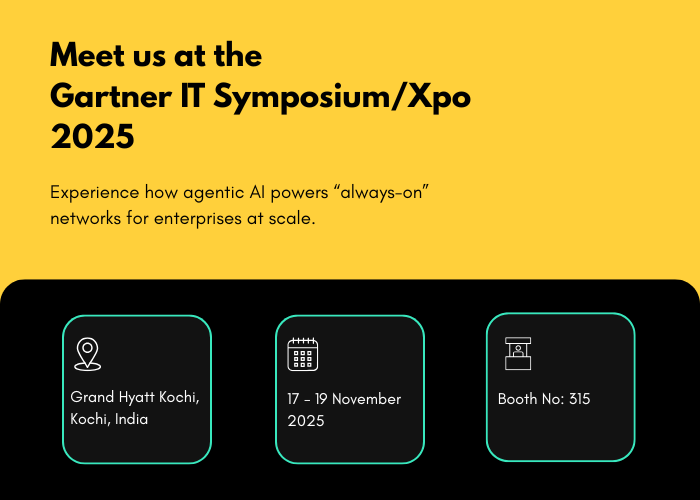At a regional office of a global enterprise, a rogue Wi-Fi access point went unnoticed for weeks. The dashboard looked clean, metrics stable, and the topology diagram showed every link accounted for, yet the map missed a device that was very much present in the network.
It took a routine site inspection to uncover the anomaly, highlight that the network view in use was incomplete. In fast-moving environments, when topology tools fall behind reality, critical gaps remain invisible until something forces them into view. But this isn’t a one-off. It’s symptomatic of a deeper problem plaguing enterprises today: a false sense of visibility. This is the hidden risk of misleading topology.
According to Enterprise Management Associates, 74% of IT leaders report that their network topology maps are incomplete or outdates within six months of creation. As enterprises move deeper into AI-first, multi-cloud, and hybrid work environments, these gaps highlight the vulnerabilities of seemingly robust network infrastructure.
Modern observability platforms, powered by AI, are shifting topology from static diagrams to dynamic, intelligent maps. With auto-discovery agents, anomaly detection, and contextual correlation, topology has become a real-time reflection of what the network is, and how users experience it.
The Topology Illusion
Most network professionals assume visibility is a solved problem. After all, having a topology view is expected. What’s missing is visibility that accurately reflects reality as it changes. Having a map is not the same as having live visibility, and it’s not hard to see why:
- Dynamic environments (cloud-native, hybrid, remote access)
- Rapid SaaS adoption (often outside of IT’s purview)
- Shadow IT and rogue devices
- Cloud-to-cloud interconnects invisible to legacy tools
When topology is incomplete or outdated, everything else is compromised; from monitoring tools making incorrect assumptions to compliance teams auditing phantom diagrams.
Gartner estimates that 60% of enterprise network outages are caused by hidden configuration errors or unaccounted dependencies. These are precisely the issues that misleading topology fails to surface. In other words, if your topology can’t tell you the truth about your network, it doesn’t matter how advanced your monitoring is, as the foundation is flawed.
The Four Visibility Gaps That Hide Risk
The recurring modes of failures in static topology which are often seen across regulated industries and high-growth SaaS firms alike are:
Missing Links:
Topology maps often skip interconnects that don’t fit neat templates like cloud-to-cloud peerings, zero-trust overlays, or last-mile connectivity managed by third parties. The result? Asymmetric routing that breaks applications, latency spikes due to misrouted traffic, and outages during failover events. These links are often only discovered after an incident occurs, when it’s too late.
Duplicate Paths
Redundancy, creating duplicate network paths for resilience, is a best practice, but when misconfigured it creates silent risks. Routing loops, asymmetric failovers, and packet loss during reconvergence often slip by unnoticed, only surfacing under stress, like a peak sales event or a major internal deployment. Topology diagrams rarely capture these nuances because they rely on declared intent, not observed behavior.
Rogue Devices
Unmanaged IoT, developer-spun test labs, forgotten Wi-Fi extenders, or even vendor-installed diagnostics equipment, are all common culprits in modern enterprise networks. Poneman Institute reports that 67% of enterprises have experienced security events traced to rogue devices. Many were invisible in CMDBs and topology maps, and some were connected for months without detection.
The false sense of coverage a static map provides is a more pressing issue than the devices themselves.
Misleading Dashboards
Dashboards often show health, not truth. They report link status, device reachability, and CPU load. But they don’t correlate those with user experience, policy compliance, or real-time behavior. A national retailer saw this first-hand when their dashboard reported healthy links while misconfigured routing policies blocked payment transactions during a peak sales event; a case for when topology is technically “healthy” and functionally broken.
AI-First Topology
Topology as we’ve known it, static, device-centric, and manually curated, no longer meets enterprise needs. Traditional topology tools are reactive, as they tell you what’s already in the system, but they don’t discover what’s missing, duplicated, or misbehaving. AI-first observability changes that.
- Auto-discovery agents continuously scan for new devices, links, and dependencies, eliminating blind spots.
- Anomaly detection identifies duplicate paths, asymmetric routing, or unauthorized devices before they impact performance.
- Contextual correlation connects topology with metrics like latency, compliance, and user experience.
- Natural language interfaces let CIOs and operators query the network directly (“show me all unauthorized devices in the last 30 days”) without manual digging.
IDC predicts that by 2026, 70% of enterprises will adopt AI-driven network observability, cutting incident resolution times by half. The trend is clear: static diagrams are giving way to dynamic, AI-enriched maps that reflect real-world conditions in real time.
What True Visibility Looks Like
The topology challenge isn’t uniform. While on one hand, multi-cloud adoption is the primary driver of unseen complexity, rapid digitization and Tier-2/3 expansion leads to rogue devices and last-mile inconsistencies becoming more common. Both contexts converge on the same point that misleading topology is a global risk, not a local anomaly. And enterprises need real-time, AI-driven visibility to manage it.
True network visibility requires topology that is dynamic, comprehensive, context-rich, user-aware, and predictive. What enterprises require is visibility that keeps pace with their networks, because anything less leaves blind spots where risk can hide. In network operations, if you can’t see it, you can’t manage it. And if what you see isn’t accurate, you’re already at risk.





